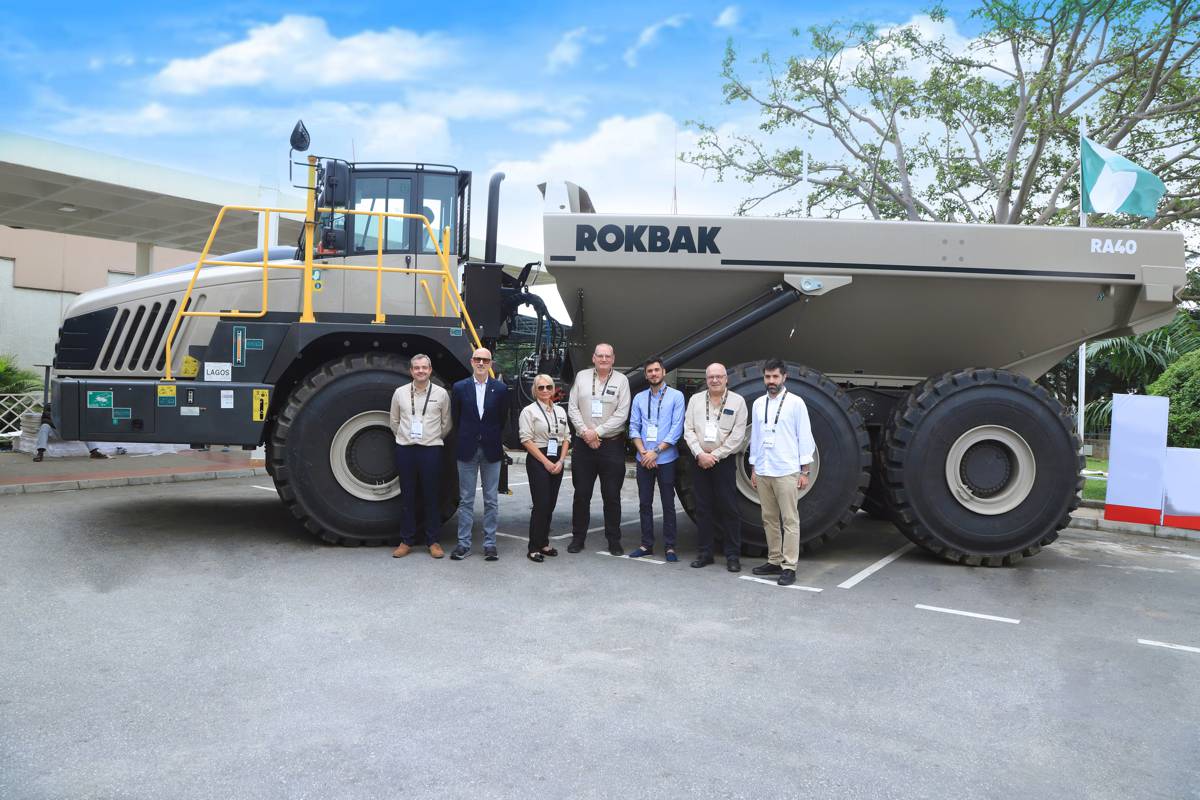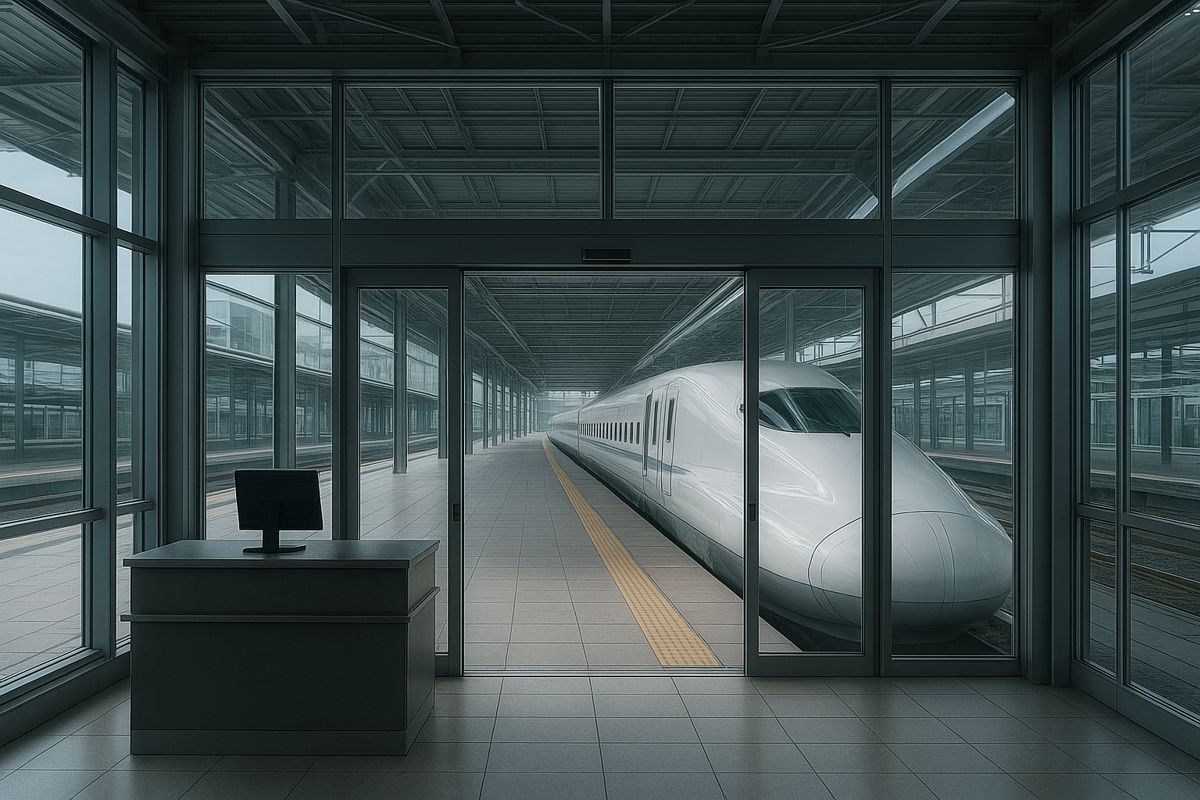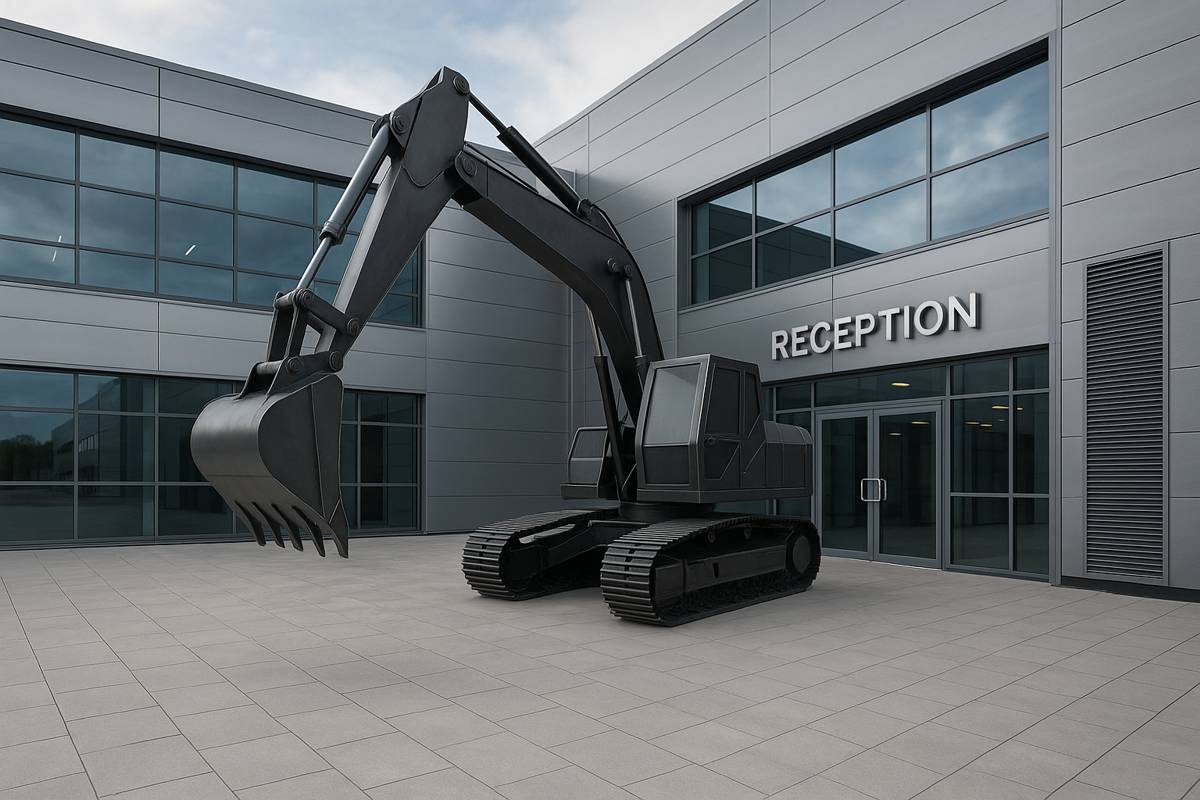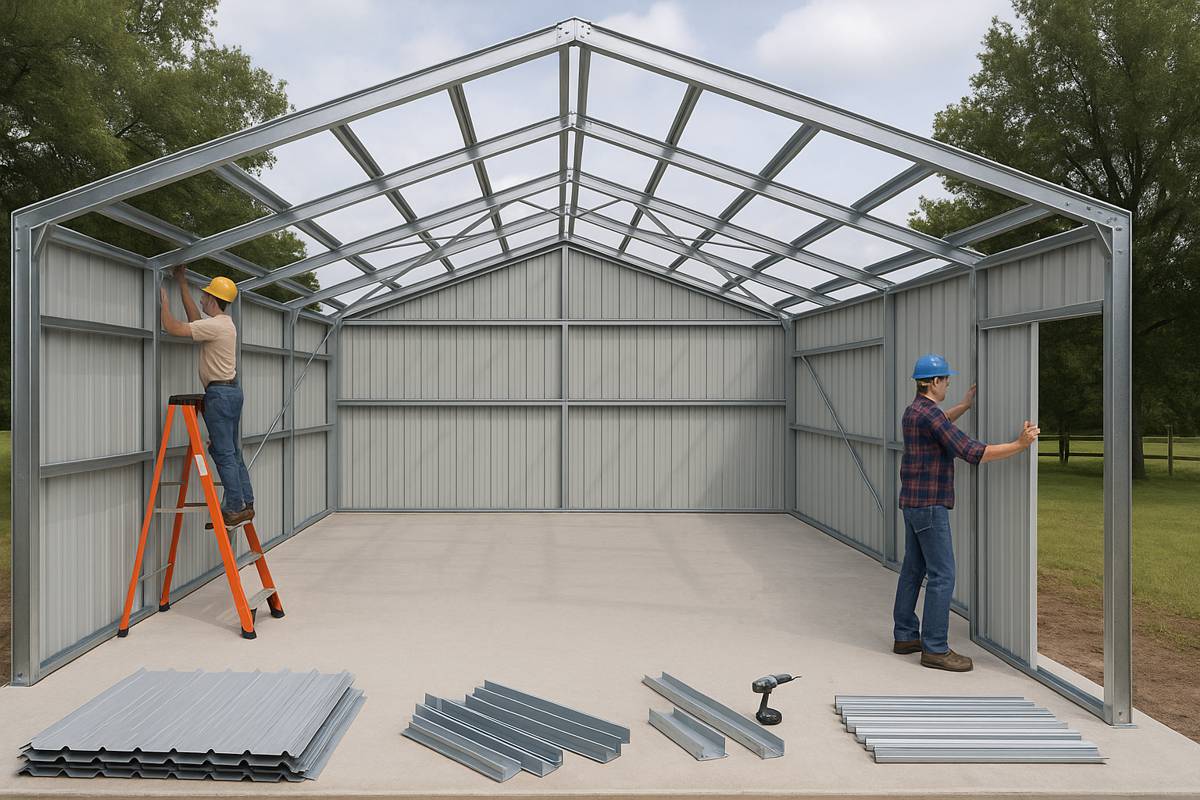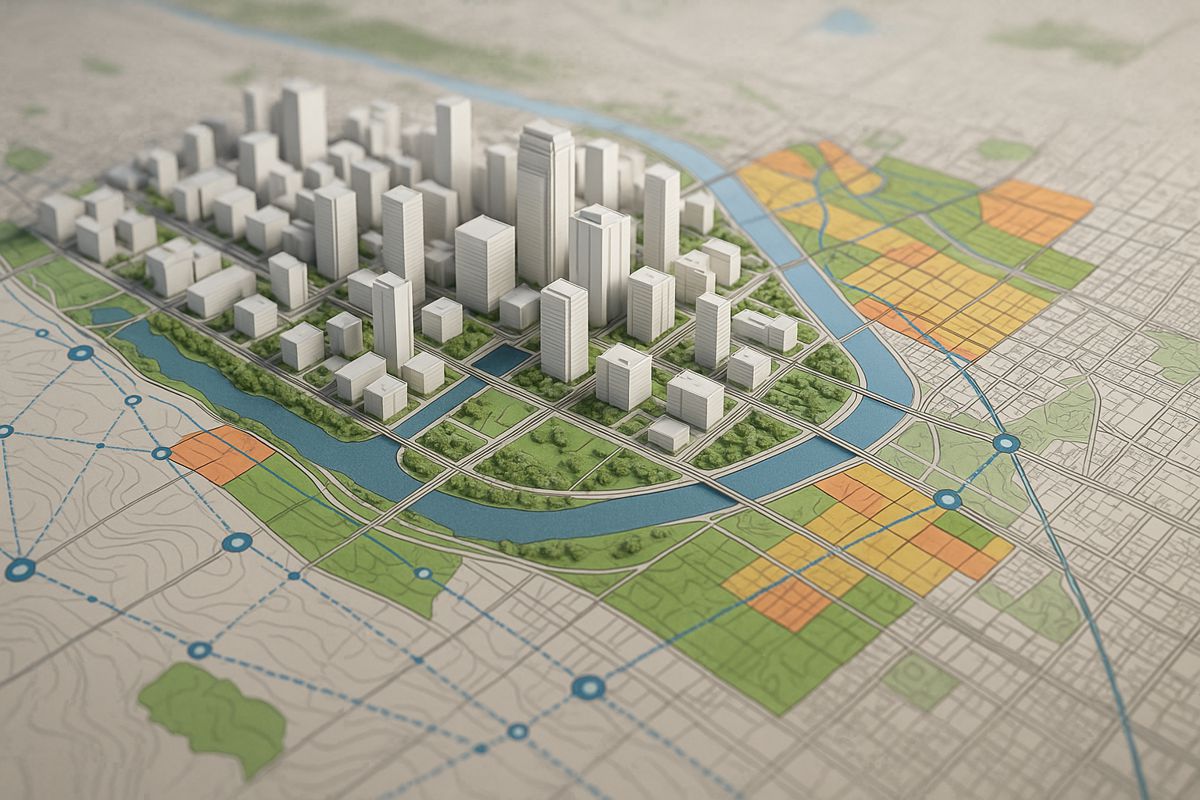Lagos Wooden Tower introduces green construction to Africa’s largest city
Hermann Kamte, young Cameroonian architect and the founder of company Hermann Kamte & Associates (HKA), is the driving force behind the famous sketch of Lagos Wooden Tower.
Originally designed as a submission for Metsä Wood’s City Above the City competition, Kamte’s design looks to tackle the problem of poorly planned construction in many African cities by pushing the boundaries of contemporary architecture.

In the City Above the City competition, participants were invited to suggest solutions for new housing on top of existing urban buildings, using Metsä Wood’s Kerto® LVL (laminated veneer lumber) as the main material.
Kamte’s highly innovative design used Kerto® LVL to construct an 87-metre high tower on top of an existing concrete building in the heart of Nigeria’s capital city, Lagos. Mixed residential spaces, separated by open floors featuring sky gardens and amenities, are shaded and ventilated by a stylised wooden envelope using symbols that reflect Nigerian Yoruba heritage.

Among other awards and nominations, the design project has been shortlisted for the 2017 World Architecture Festival Awards. It was also a winner of the 2017 WAFX Prize in the cultural identity category.
Future’s way to build with wood
Engineered wood products like Kerto LVL create possibilities for fast, light and green construction. Yet the wooden materials account for only a very small fraction of global construction. Ensuring a successful future for this industry demands a fundamental reinvention and rethinking of how we build with wood. We need to build faster, more affordably and more efficiently.

Thanks to pioneering young designers such as Hermann Kamte, more and more of Africa’s new architecture is winning widespread acclaim for its innovation and sustainability.
The Lagos design project has really caught people’s attention and highlighted the potential of wood construction in Africa. Seeing wood as a valuable and sustainable resource could benefit African society at large, but right now, for African designers and builders, concrete and bricks are far easier to obtain and a lot cheaper than wooden construction products.

However, there is still potential for this to change. As we raise the profile of timber-based architecture, the demand will grow and wooden building solutions will become cheaper and more accessible.













